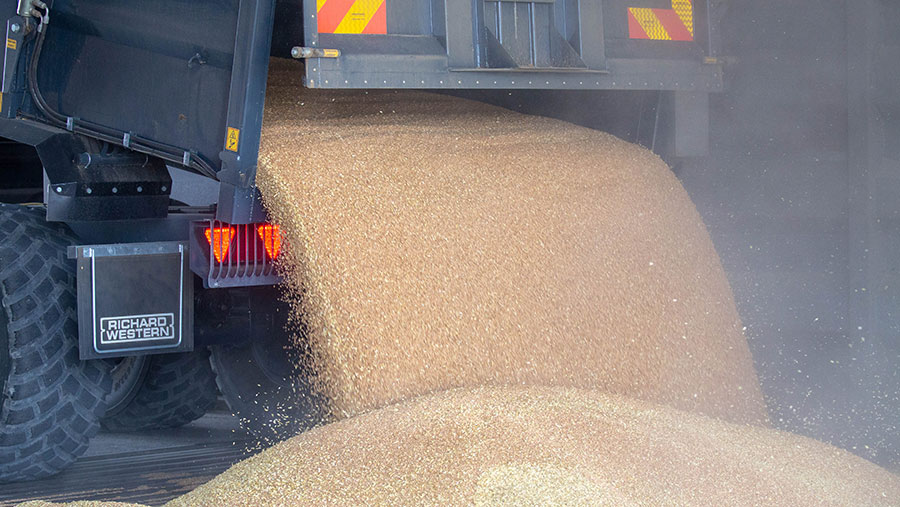Wheat imports rise as millers seek to beat Brexit deadline
 © Tim Scrivener
© Tim Scrivener Wheat imports surged during July and August with millers looking to lock in supplies ahead of the end of the Brexit transition period on 31 December 2020.
Trade data collected by HMRC shows that during July and August a total of 367,000t of wheat was imported into the UK, compared with 223,000t in July and August of 2019.
September’s figures are expected to be released later this week.
See also: Read the latest from Farmers Weekly on crops markets and trends
David Eudall, head of arable market specialist at AHDB, said this is a trend he expects to continue for the rest of the year, with millers still facing uncertainty about trading arrangements and tariffs from 1 January.
“Millers have bought a huge amount of milling wheat to come into the country before 31 December to get around any trade issues that may appear.”
However, a significant level of imports was inevitable this year given a smaller domestic milling wheat crop – because of the reduction in the area planted – and reduced quality, he said.
This year only 31% of UK-grown Group 1 milling wheat varieties met the full bread-making quality specification, which is 14% below a year ago and 7.2% below the five-year average.
“So not only did we have a smaller area planted and therefore a smaller crop, we also have a poorer-quality crop as well.”
Mr Eudall said latest cereal use figures from the milling industry showed that imported wheat use between July and September had risen by 48.3%, compared with last year. However, this apparent rise has to be seen in context.
While 134,000t of imported wheat were used by the UK milling industry during September 2020, this is still significantly less than the levels seen back in 2012-13 and 2013-14 when there were months where the UK was using more than 200,000t of imported wheat.
